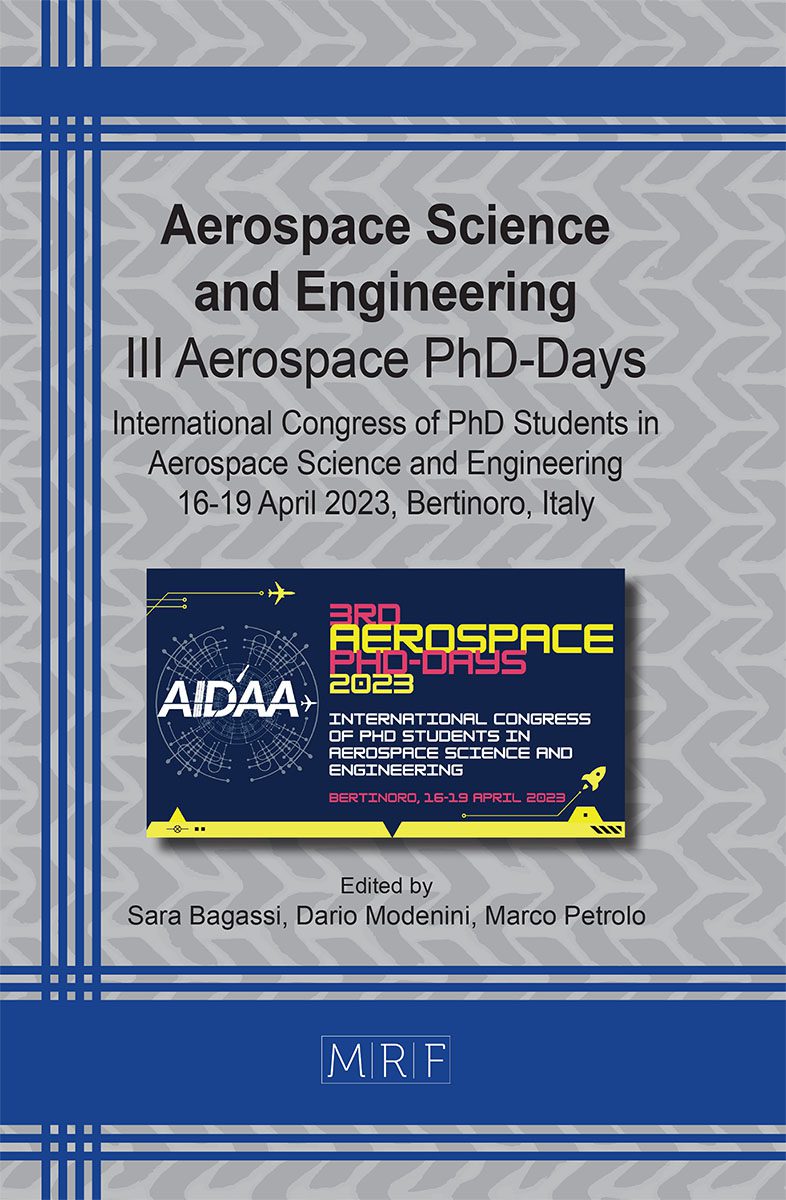Peridynamic simulation of elastic wave propagation by applying the boundary conditions with the surface node method
Francesco Scabbia, Mirco Zaccariotto, Ugo Galvanetto, Florin Bobaru
download PDFAbstract. Peridynamics is a novel nonlocal theory able to deal with discontinuities, such as crack initiation and propagation. Near the boundaries, due to the incomplete nonlocal region, the peridynamic surface effect is present, and its reduction relies on using a very small horizon, which ends up being expensive computationally. Furthermore, the imposition of nonlocal boundary conditions in a local way is often required. The surface node method has been proposed to solve both the aforementioned issues, providing enhanced accuracy near the boundaries of the body. This method has been verified in the cases of quasi-static elastic problems and diffusion problems evolving over time, but it has never been applied to a elastodynamic problems. In this work, we show the capabilities of the surface node method to solve a peridynamic problem of elastic wave propagation in a homogeneous body. The numerical results converge to the corresponding peridynamic analytical solution under grid refinement and exhibit no unphysical fluctuations near the boundaries throughout the whole timespan of the simulation.
Keywords
Peridynamics, Wave Propagation, Surface Node Method, Surface Effect, Nonlocal Boundary Conditions
Published online 9/1/2023, 8 pages
Copyright © 2023 by the author(s)
Published under license by Materials Research Forum LLC., Millersville PA, USA
Citation: Francesco Scabbia, Mirco Zaccariotto, Ugo Galvanetto, Florin Bobaru, Peridynamic simulation of elastic wave propagation by applying the boundary conditions with the surface node method, Materials Research Proceedings, Vol. 33, pp 347-354, 2023
DOI: https://doi.org/10.21741/9781644902677-51
The article was published as article 51 of the book Aerospace Science and Engineering
![]() Content from this work may be used under the terms of the Creative Commons Attribution 3.0 license. Any further distribution of this work must maintain attribution to the author(s) and the title of the work, journal citation and DOI.
Content from this work may be used under the terms of the Creative Commons Attribution 3.0 license. Any further distribution of this work must maintain attribution to the author(s) and the title of the work, journal citation and DOI.
References
[1] S.A. Silling, Reformulation of elasticity theory for discontinuities and long-range forces, J. Mech. Phys. Solids 48 (2000) 175-209. https://doi.org/10.1016/S0022-5096(99)00029-0
[2] S.A. Silling, M. Epton, O. Weckner, J. Xu, E. Askari, Peridynamic states and constitutive modelling, J. Elast. 88 (2007) 151-184. https://doi.org/10.1007/s10659-007-9125-1
[3] F. Bobaru, G. Zhang, Why do cracks branch? A peridynamic investigation of dynamic brittle fracture, Int. J. Fract. 196 (2015) 59-98. https://doi.org/10.1007/s10704-015-0056-8
[4] M. Zaccariotto, F. Luongo, U. Galvanetto, G. Sarego, Examples of applications of the peridynamic theory to the solution of static equilibrium problems, Aeronaut. J. 119 (2015) 677-700. https://doi.org/10.1017/S0001924000010770
[5] Z. Chen, F. Bobaru, Peridynamic modeling of pitting corrosion damage, J. Mech. Phys. Solids 78 (2015) 352-381. https://doi.org/10.1016/j.jmps.2015.02.015
[6] Z. Chen, X. Peng, S. Jafarzadeh, F. Bobaru, Analytical solutions of peridynamic equations. Part I: transient heat diffusion, J. Peridyn. Nonlocal Model (2022) 303-335. https://doi.org/10.1007/s42102-022-00080-7
[7] Z. Chen, X. Peng, S. Jafarzadeh, F. Bobaru, Analytical solutions of peridynamic equations. Part II: elastic wave propagation, submitted.
[8] Q.V. Le, F. Bobaru, Surface corrections for peridynamic models in elasticity and fracture, Comput. Mech. 61 (2018) 499-518. https://doi.org/10.1007/s00466-017-1469-1
[9] F. Scabbia, M. Zaccariotto, U. Galvanetto, A novel and effective way to impose boundary conditions and to mitigate the surface effect in state-based Peridynamics, Int. J. Numer. Methods. Eng. 122 (2021) 5773-5811. https://doi.org/10.1002/nme.6773
[10] F. Scabbia, M. Zaccariotto, U. Galvanetto, A new method based on Taylor expansion and nearest-node strategy to impose Dirichlet and Neumann boundary conditions in ordinary state-based Peridynamics, Comp. Mech. 70 (2022) 1-27. https://doi.org/10.1007/s00466-022-02153-2
[11] F. Scabbia, M. Zaccariotto, U. Galvanetto, A new surface node method to accurately model the mechanical behavior of the boundary in 3D state-based Peridynamics, J. Peridyn. Nonlocal Model (2023) 1-35. https://doi.org/10.1007/s42102-022-00094-1
[12] F. Scabbia, M. Zaccariotto, U. Galvanetto, F. Bobaru, Stability and convergence analyses for peridynamic models with autonomously evolving interfaces, in preparation.
[13] S.A. Silling, E. Askari, A meshfree method based on the peridynamic model of solid mechanics, Comput. Struct. 83 (2005) 1526-1535.
https://doi.org/10.1016/j.compstruc.2004.11.026
[14] P. Seleson, Improved one-point quadrature algorithms for two-dimensional peridynamic models based on analytical calculations, Comput. Methods Appl. Mech. Eng. 282 (2014) 184-217. https://doi.org/10.1016/j.cma.2014.06.016
[15] F. Scabbia, M. Zaccariotto, U. Galvanetto, Accurate computation of partial volumes in 3D peridynamics, Eng. Comput. (2022) 1-33. https://doi.org/10.1007/s00366-022-01725-3
[16] S.A. Silling, R.B. Lehoucq, Convergence of peridynamics to classical elasticity theory, J. Elast. 93 (2008) 13-37. https://doi.org/10.1007/s10659-008-9163-3












